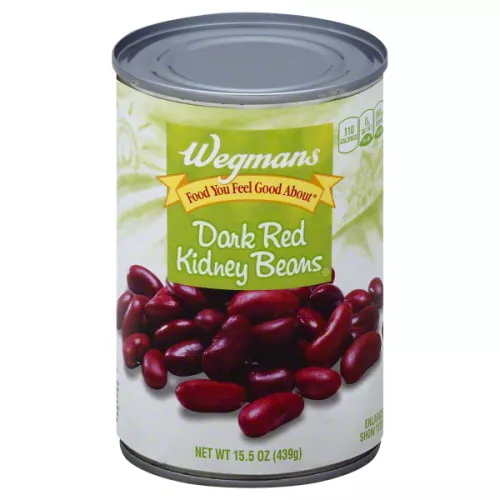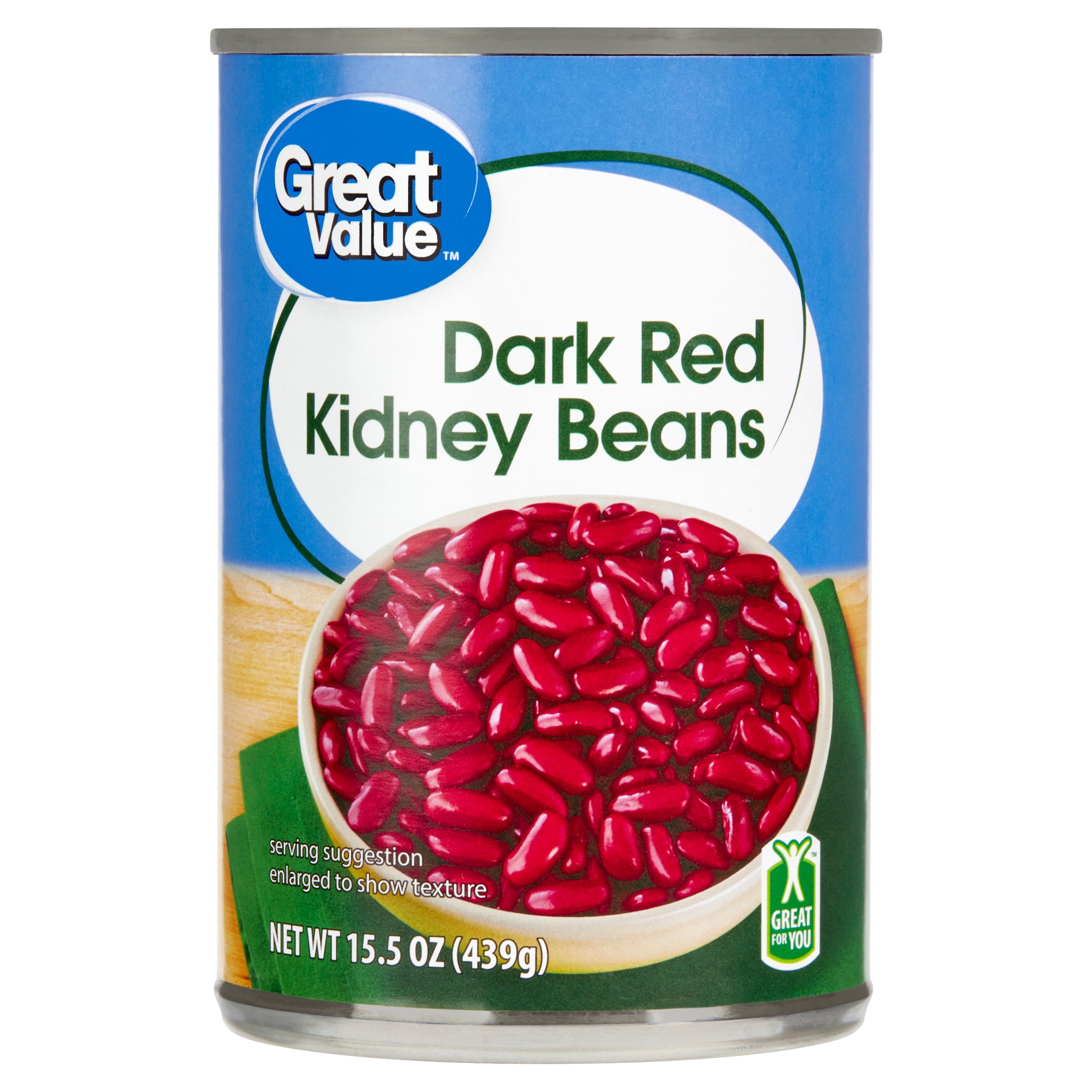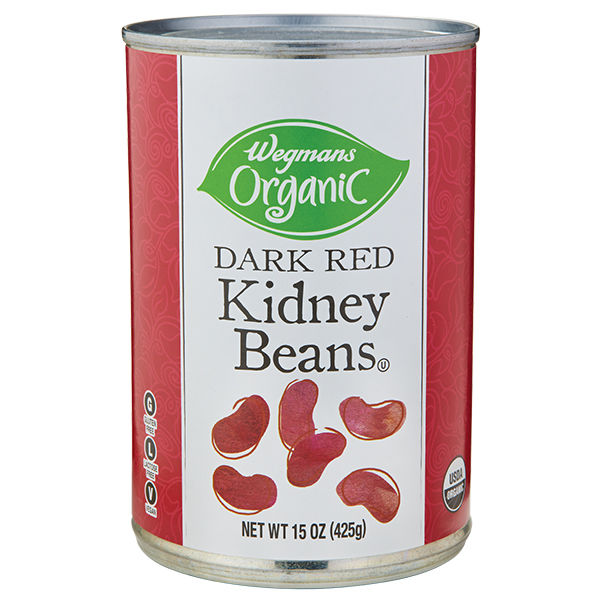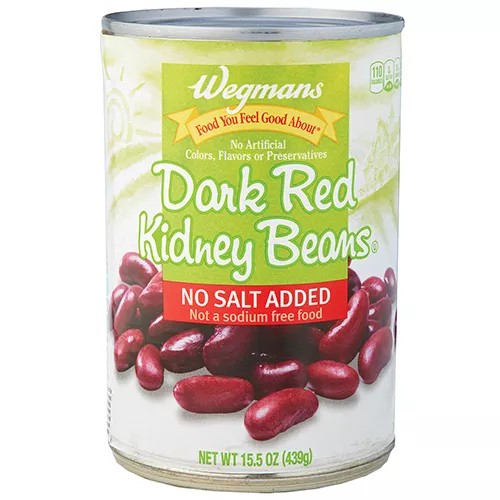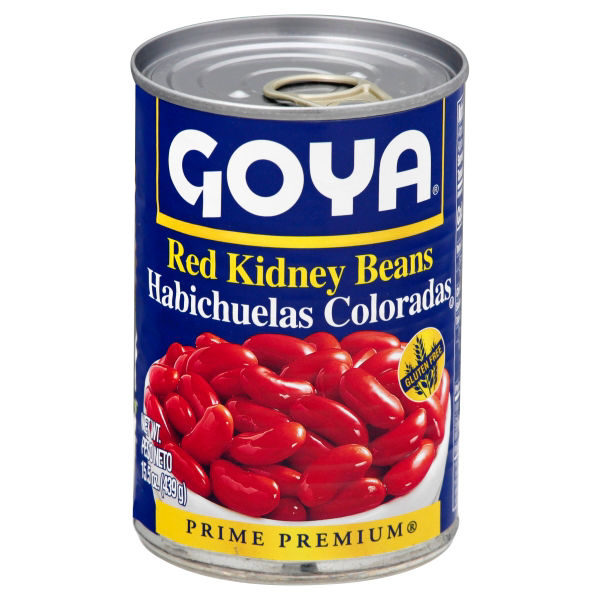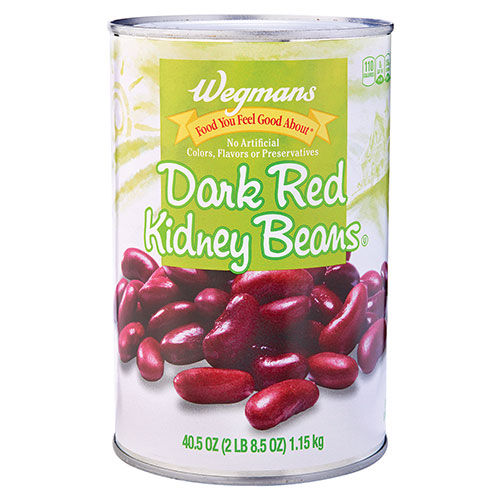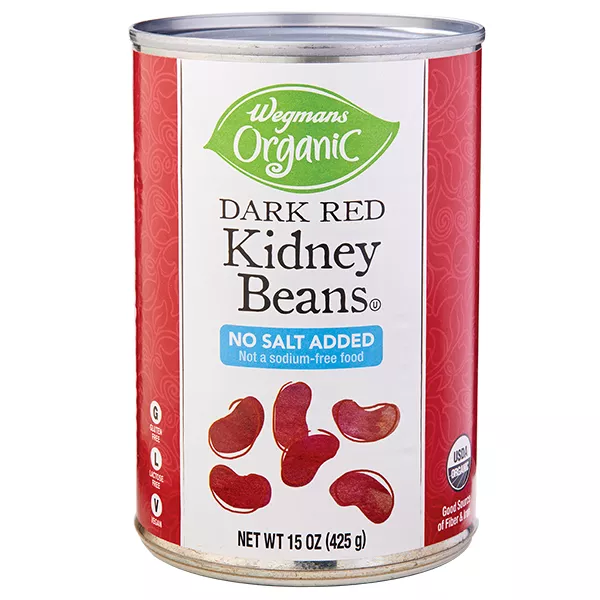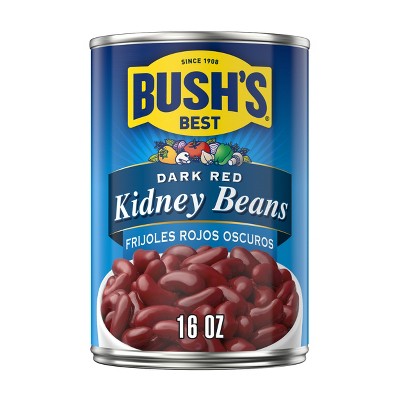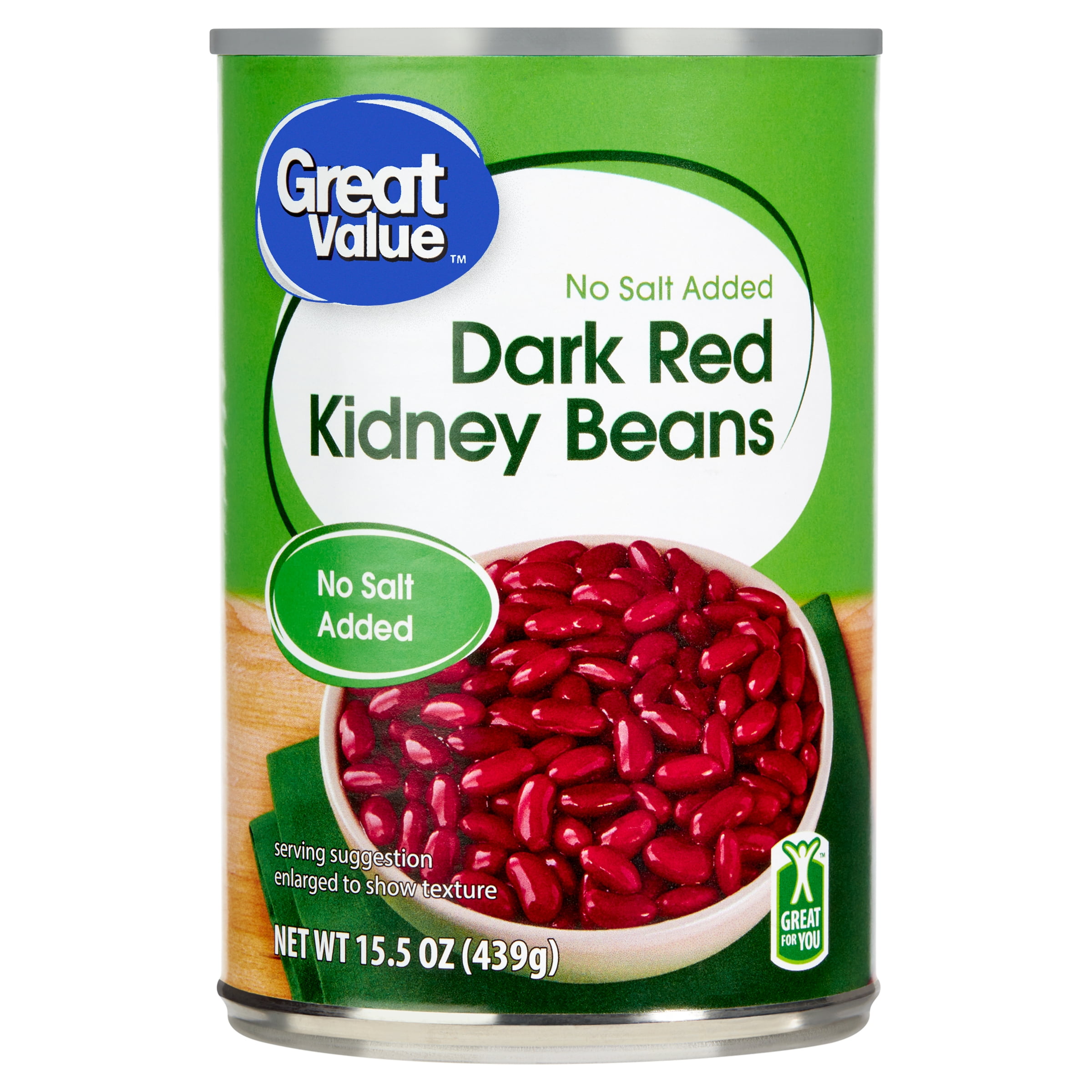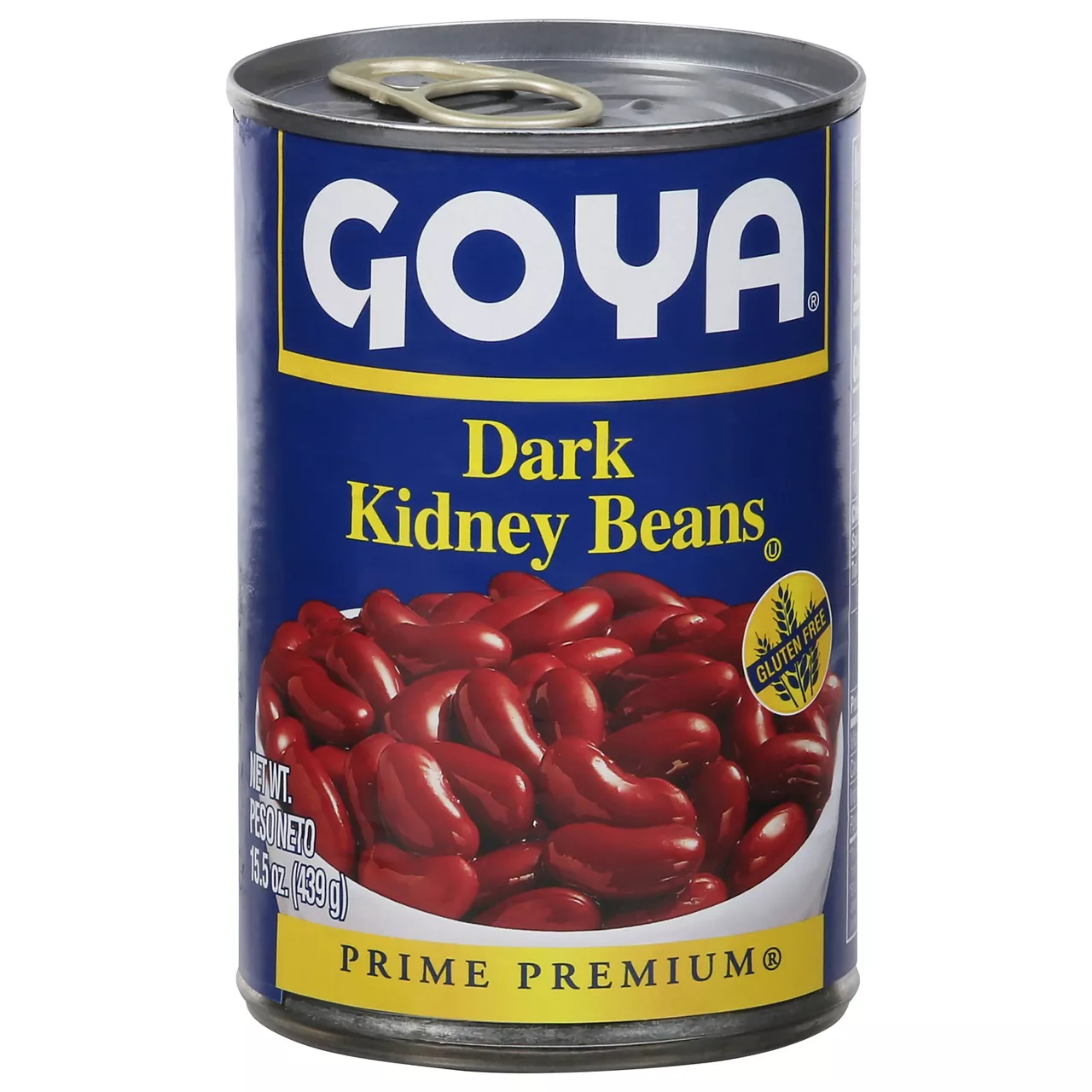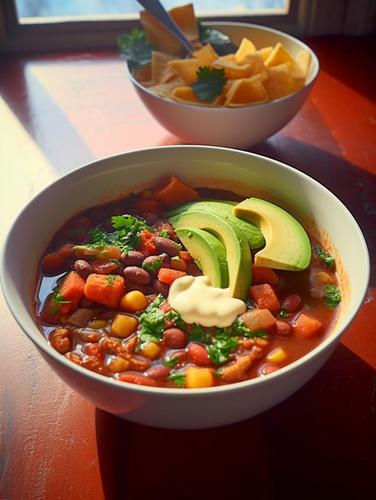MAIN DISHES
SALADS
SOUPS
Kidney Beans
Kidney beans, scientifically known as Phaseolus vulgaris, are a type of legume that are notable for their distinct red color and kidney-like shape. These beans are a versatile and nutritious staple in many cuisines around the world, particularly in the Americas and South Asia.
Rich in protein, fiber, and various nutrients, kidney beans play a crucial role in vegetarian and vegan diets as a source of plant-based protein. They are often used in dishes such as chili, salads, stews, and rice-based recipes, providing a delicious and filling ingredient for home cooks and consumers alike. Canned kidney beans typically contain kidney beans and water. They can also contain salt and other ingredients like firming agents. The beans are carefully sorted, cleaned, and cooked to perfection before being sealed in a can to lock in their freshness.
Packed in airtight cans, the prepared kidney beans have a long shelf life, ensuring you always have a convenient source of protein and fiber on hand. The easy-open cans make meal preparation a breeze, saving you time and effort in the kitchen.
Whether you're a busy professional, a home cook looking for convenience, or someone seeking nutritious and versatile ingredients, canned kidney beans are a reliable choice for elevating your culinary experience.
71%
CARBS
1%
FAT
28%
PROTEIN
1,378 Kidney Beans Products
Wegmans Dark Red Kidney Beans
Great Value Dark Red Kidney Beans
Wegmans Organic Dark Red Kidney Beans
Wegmans No Salt Added Dark Red Kidney Beans
GOYA Red Kidney Beans, Prime Premium
Wegmans Dark Red Kidney Beans
Wegmans Organic Dark Red Kidney Beans, No Salt Added
Bush's Best Dark Red Kidney Beans
Great Value Dark Red Kidney Beans, No Salt Added
Goya Dark Kidney Beans
Used In 108 Recipes
Kidney Beans Are Frequently Used With
Kidney Beans FAQ
Cooking with kidney beans can be a simple yet fulfilling experience, as these versatile legumes can be added to a wide array of dishes from soups, stews, salads, to Mexican dishes like chili and burritos. Kidney beans offer a rich, slightly sweet and meaty flavor, enhancing the overall taste of the dish. However, it must be noted that they need to be prepared appropriately due to the presence of harmful toxins, particularly, Phytohaemagglutinin, which can be eliminated by proper soaking and cooking. They should never be eaten raw or undercooked. The most common issue people encounter when cooking with kidney beans is not cooking them long enough.
To get the most out of kidney beans, it is best to soak them overnight and then boil them vigorously for at least 10 minutes. This will not only remove any residual toxins but also makes them easier to digest and helps in nutrient absorption. Always rinse the beans before and after soaking to further reduce the gas-producing elements. Incorporate herbs, spices, or aromatics during the boiling process to add depth to their flavor.
A lesser-known trick with kidney beans is mashing them and using them as a thickening agent in sauces, gravies, or soups. They can also be mixed with breadcrumbs and spices to make homemade veggie burgers.
Remember, canned kidney beans are a convenient option as they are already cooked and only need to be rinsed and warmed, making them a quick and hassle-free addition to your recipes.
Are canned kidney beans as healthy as dried ones?
How to use leftover kidney beans?
Why do kidney beans cause upset stomach sometimes?
Can kidney beans be eaten raw?
Do kidney beans need to be soaked before cooking?
How long do kidney beans need to cook?
Can kidney beans be used in salads?
Do kidney beans cause gas?
What's the difference between red and white kidney beans?
Can kidney beans be used to make a vegetarian burger?
Expiration & Storage Tips
When does kidney beans expire?
Properly stored, kidney beans can last for about 2-3 years if unopened, whether canned or dry. However, expiration dates should still be checked on packaging. Once opened, canned kidney beans would last about 3-4 days in the refrigerator. However, you can extend their lifespan for an additional 2 months by freezing the beans in an airtight container. If kidney beans are soaked and then cooked at home, they can last for about 3-5 days in the refrigerator and up to 6 months if frozen.
How do you tell if kidney beans is bad?
First, use your senses. Kidney beans gone bad may have an off smell, or the can or packaging might be bulging, which can indicate bacterial activity. If the beans look dull, overly dry, or have tiny holes in them, those are bad signs as well. The texture, on the other hand, should not be too soft or mushy; they should still have their firmness. Lastly, any evidence of mold, dark spots, or slime is a clear sign to discard the beans.
Tips for storing kidney beans to extend shelf life
• Always store kidney beans in a cool, dry, dark place, away from heat or sunlight. For dry beans, an airtight container is best.
• Once opened, canned kidney beans should be transferred out of the can and stored in a plastic or glass container in the fridge.
• If you've soaked more kidney beans than you can use quickly, you can freeze them. Make sure to rinse and drain them well before freezing, and use an air-tight, freezer-safe container or bag.
• Cooked kidney beans can also be frozen but should be cooled completely before storing.
EXPIRES WITHIN
19 - 29
MONTHS
Equivalents
Substitutes
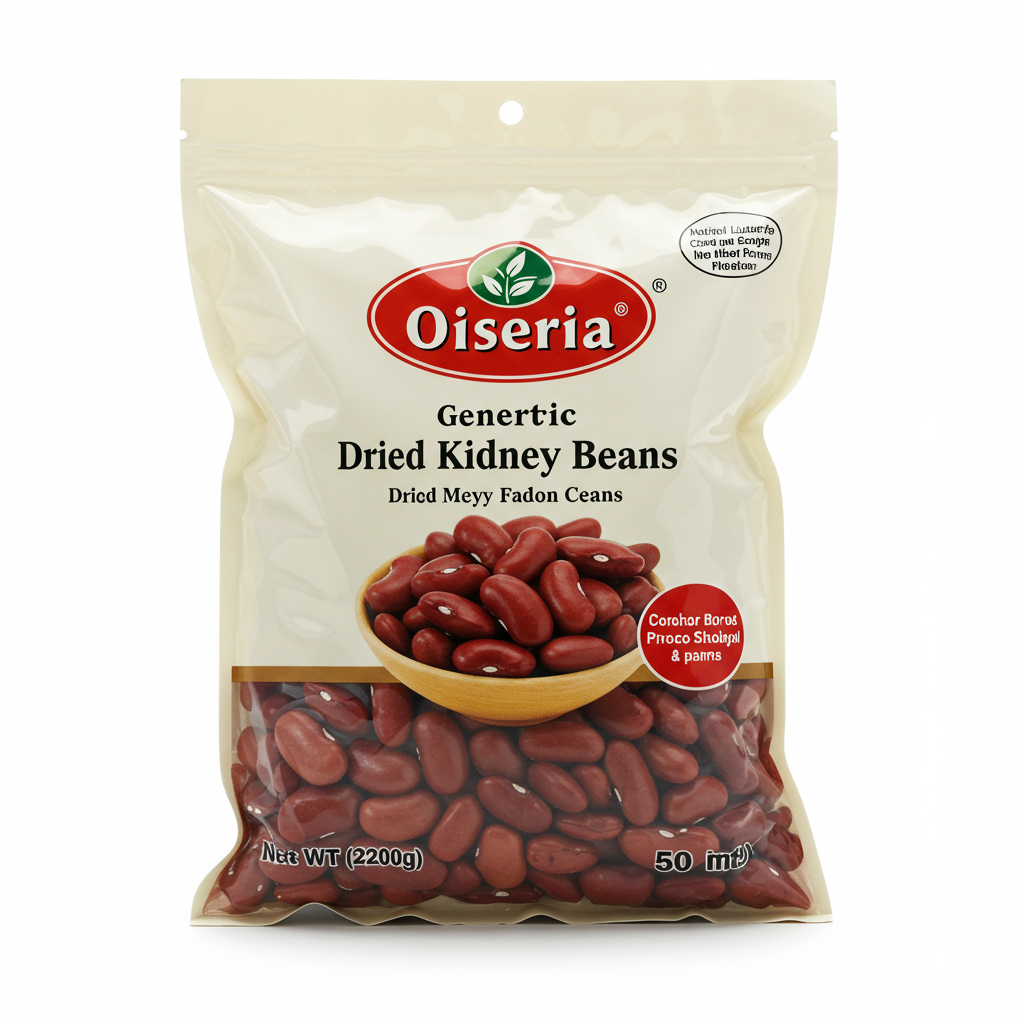
Dried Kidney Beans

Dried Red Beans

Red Beans

Bean Blend

Black Beans

Cannellini Beans

Navy Beans

Northern Beans

White Beans

Pinto Beans
See All
Health Info
Macros
106g
CARBS
1g
FAT
41g
PROTEIN
Allowed on these diets
LOW FAT
HIGH CALCIUM
VEGETARIAN
MEDITERRANEAN
LOW CARB
VEGAN
LACTOSE FREE
GLUTEN FREE

